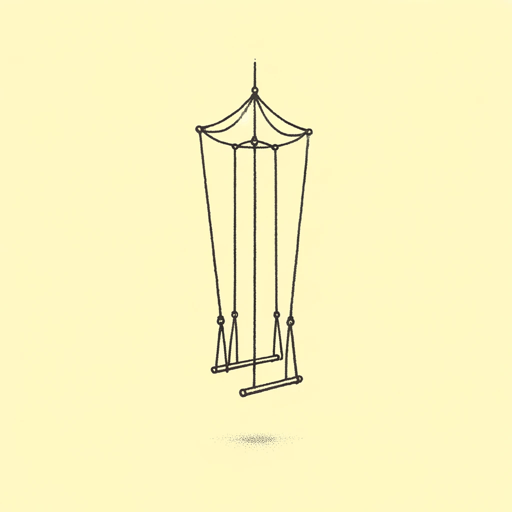26 pages • 52 minutes read
Louise ErdrichThe Leap
Fiction | Short Story | Adult | Published in 1990A modern alternative to SparkNotes and CliffsNotes, SuperSummary offers high-quality Study Guides with detailed chapter summaries and analysis of major themes, characters, and more.
Story Analysis
Analysis: “The Leap”
Postmodern and even magical realist elements render this story not only a larger-than-life family memory but also an interrogation of how we come to know the past and the motives of others. As in many postmodern tales, the narrator is unreliable. She is herself playing detective and collaging together a picture of her mother from old tabloids and unreliably “breathless” news articles, as well as painting the entire tale over with her own fascination with Harry Avalon and her mother’s former life. The narrator is sure the latter was more glamorous than life as a mother in a “sagging farmhouse” in New Hampshire.
Erdrich has at times rejected the label magical realism, as when she told The Atlantic, “My work has never really seemed fantastical to me” (Bacon, Katie. “An Emissary of the Between-World: A Conversation with Louise Erdrich,” The Atlantic, January 2001). There are solid literary-historical reasons for rejecting the label too. Magical realism was a movement pioneered in Latin America, most notably by Gabriel García Márquez in Colombia and Jorge Borges in Argentina in the 1960s. This in turn influenced Chilean writer Isabel Allende and postmodern English-speaking authors like Angela Carter, Robert Coover, Donald Barthelme, and Salman Rushdie.
Related Titles
By Louise Erdrich
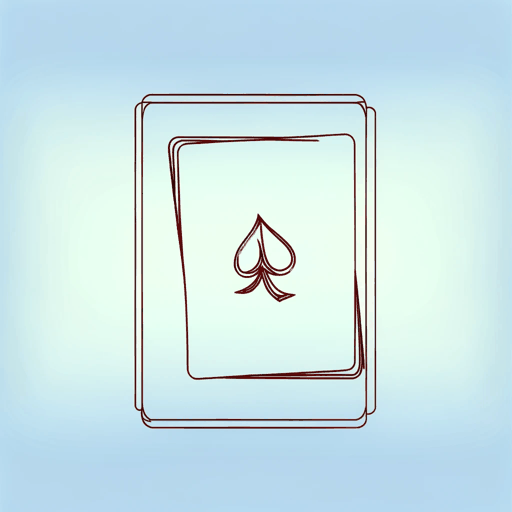
Fleur
Louise Erdrich
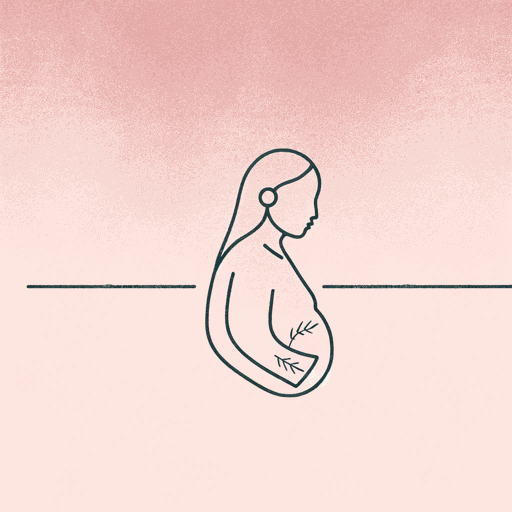
Future Home of the Living God
Louise Erdrich
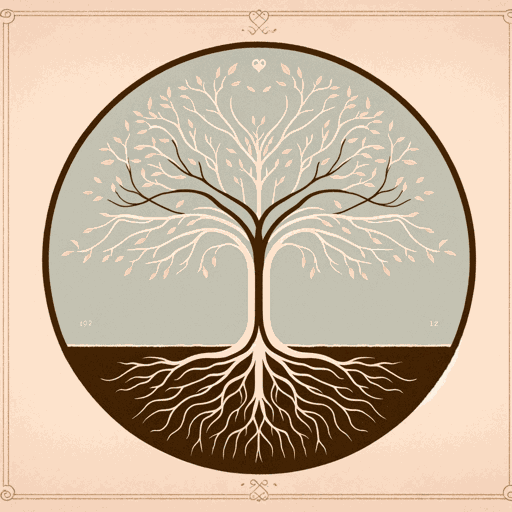
LaRose
Louise Erdrich

Love Medicine
Louise Erdrich

Shadow Tag
Louise Erdrich

The Antelope Wife
Louise Erdrich
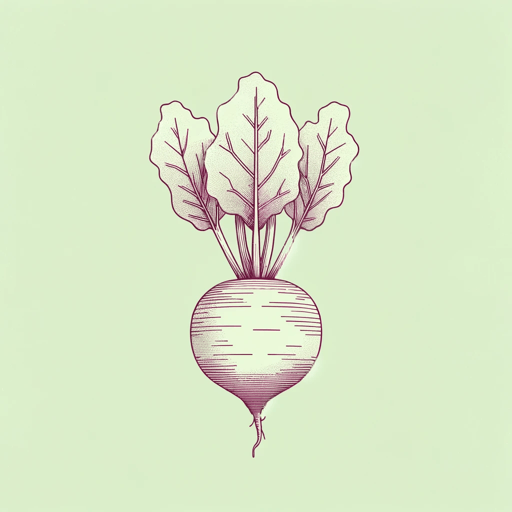
The Beet Queen
Louise Erdrich

The Bingo Palace
Louise Erdrich

The Birchbark House
Louise Erdrich

The Game of Silence
Louise Erdrich

The Master Butchers Singing Club
Louise Erdrich

The Night Watchman
Louise Erdrich

The Painted Drum
Louise Erdrich
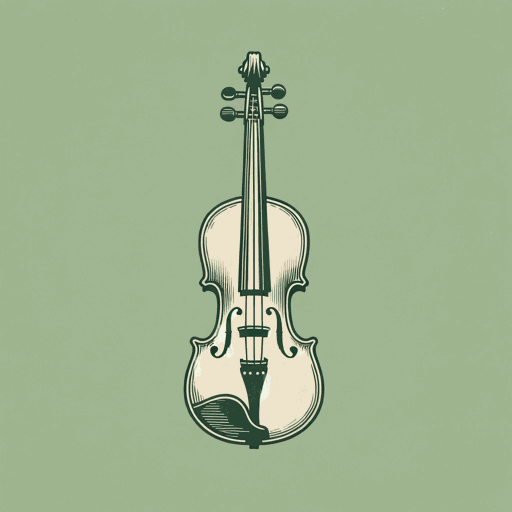
The Plague Of Doves
Louise Erdrich
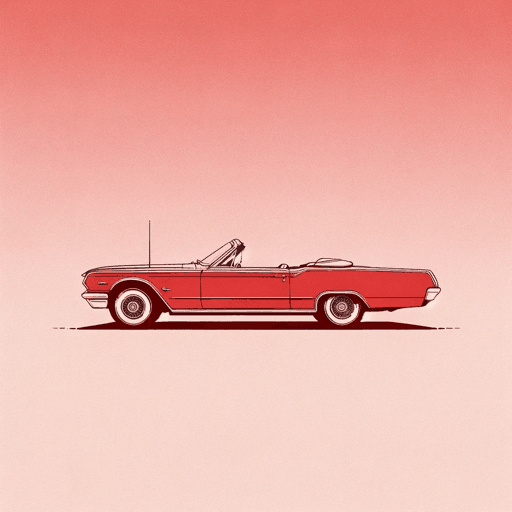
The Red Convertible
Louise Erdrich
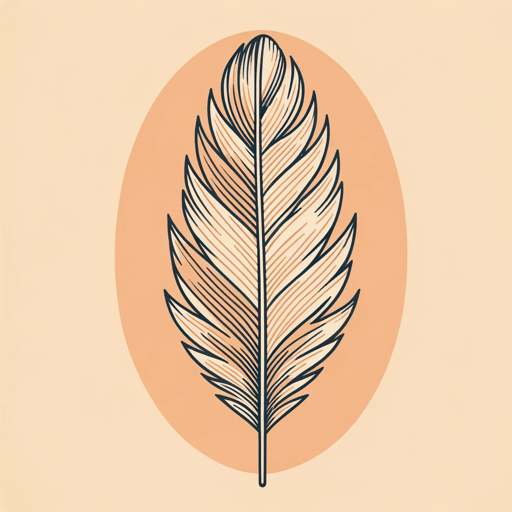
The Round House
Louise Erdrich

The Sentence
Louise Erdrich
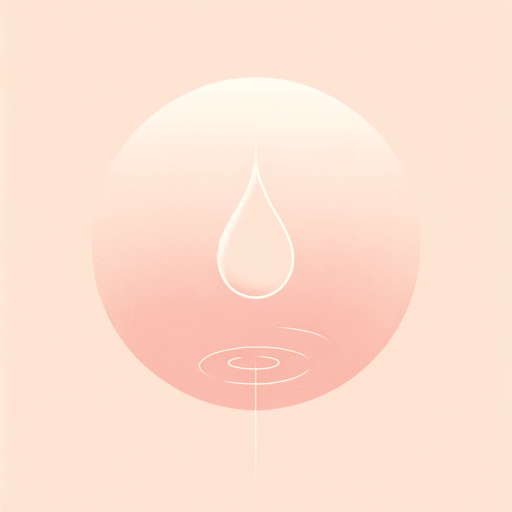
The Shawl
Louise Erdrich

Tracks
Louise Erdrich
